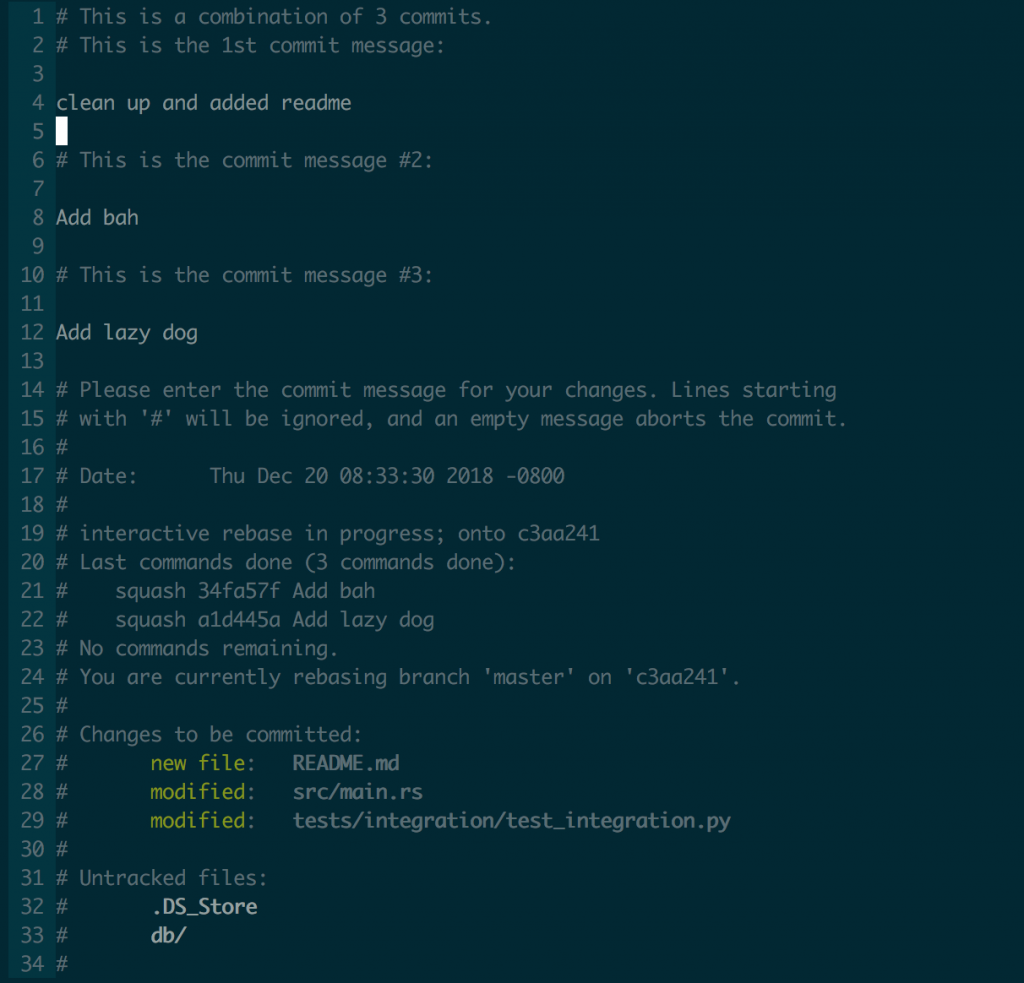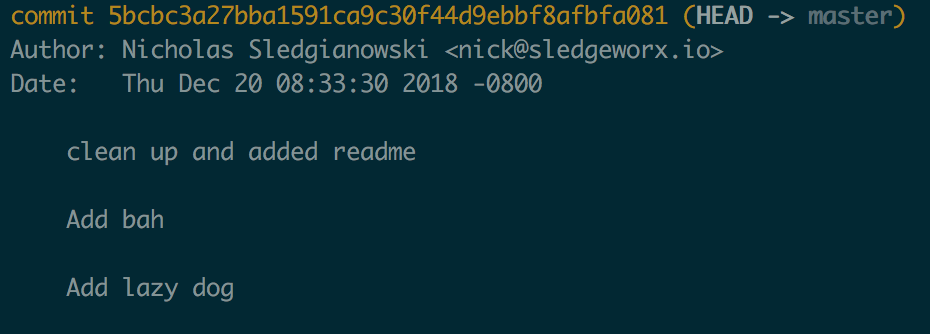https://www.butterflynetwork.com
I saw this personal ultrasound device last week. It is a $2k device that attaches to your smartphone and allows you to ultrasound anything you want. Its targeted at the medical field, with that price tag, but the form factor is spot on. These kinds of speciality sensors make sense, everyone has a smartphone. And if you can integrate at the smartphone level it makes your product cheaper and easier to use. I would like to get one of these just to see what is inside peoples’ bodies. I saw a video of a CT, or similar, scan while a person was speaking, and the tongue is shaped very strangely.
In a sense the smartphone as a common platform makes cheaper medical equipment easier. I wouldn’t be surprised if Bill Gates starts outfitting African hospitals with equipment like this in a few years. After that search and rescue squads might carry smartphone based medical equipment. My hope is that in the long term everyone will be able to get medical imaging when they want it, not just after taking time off to go to the hospital and waiting for hours.
Note: This is not affiliated, but if I ever get actual traffic I will be adding affiliate links.




